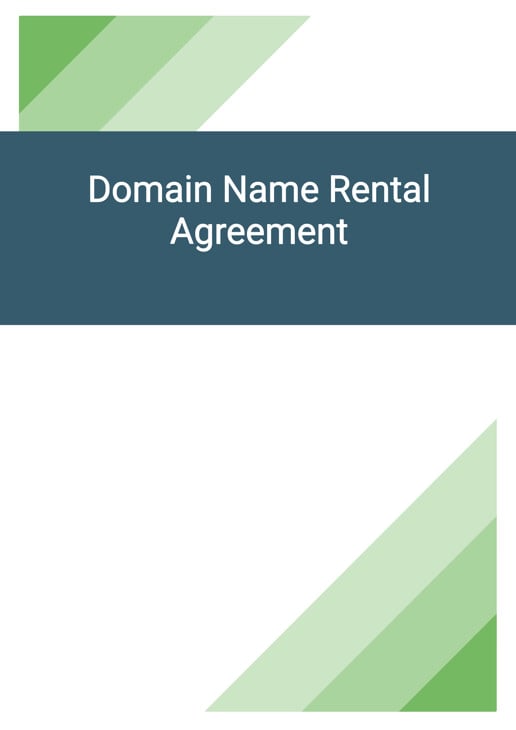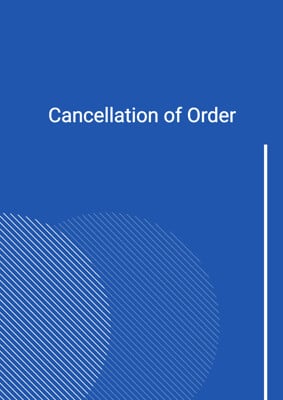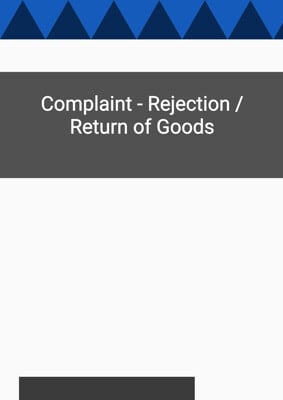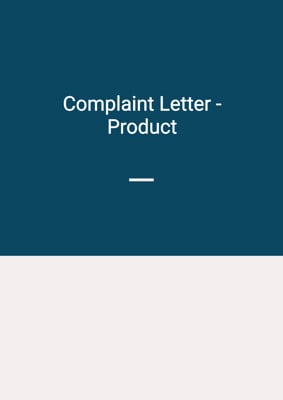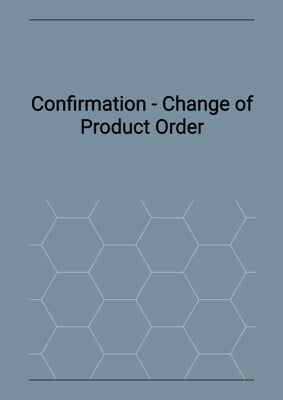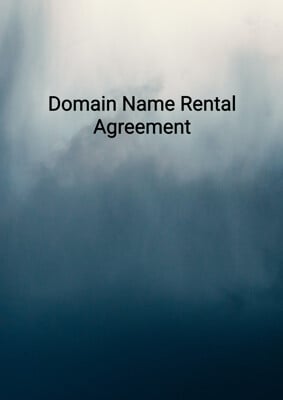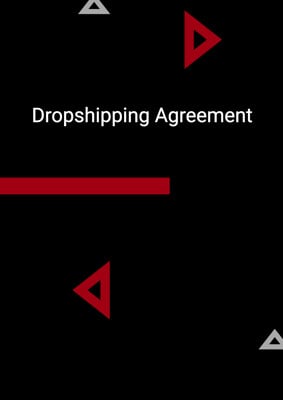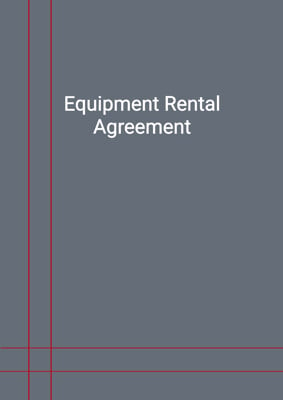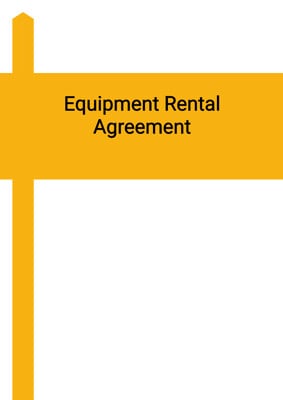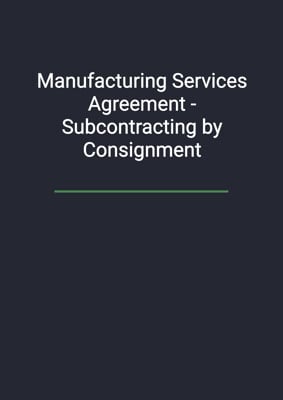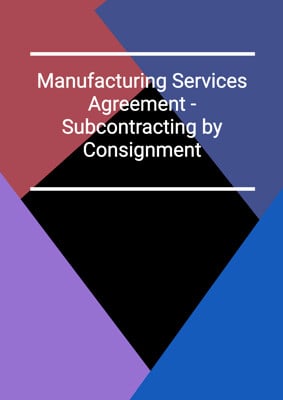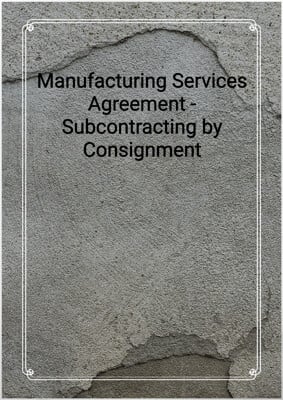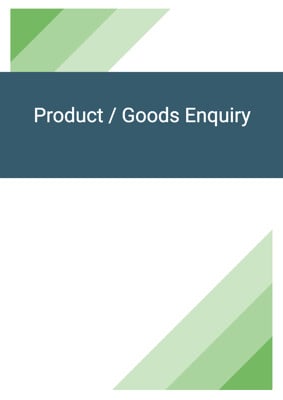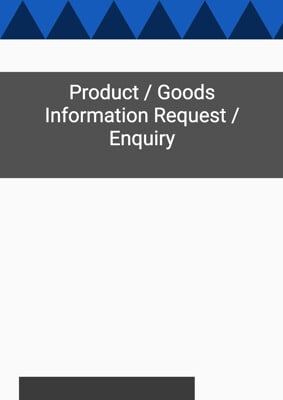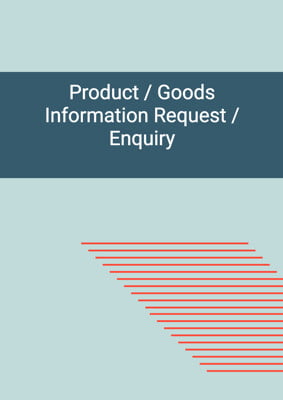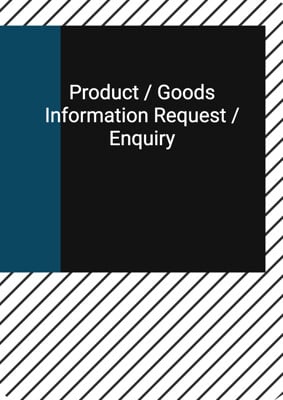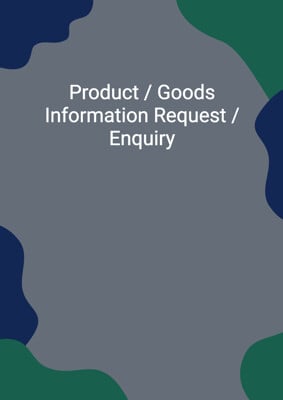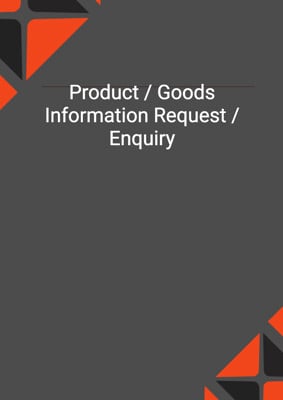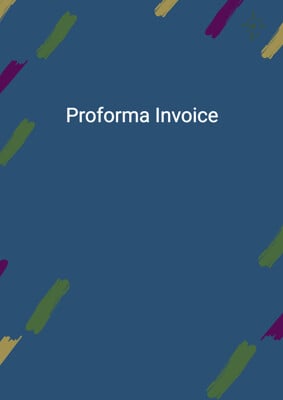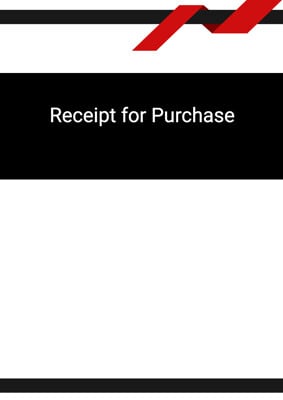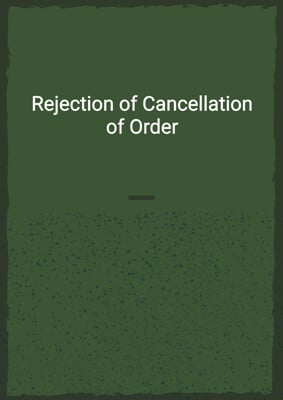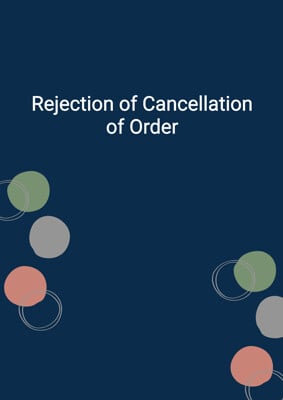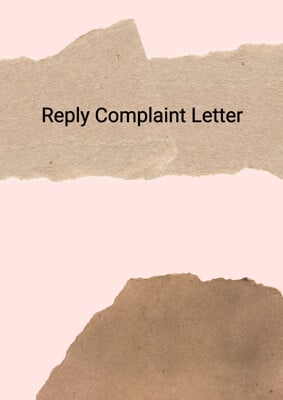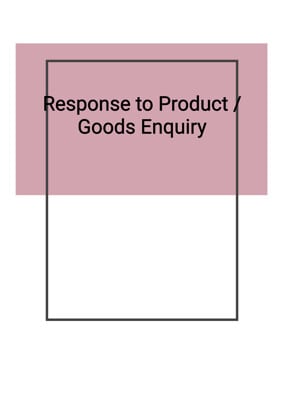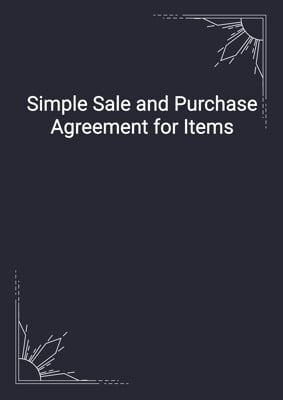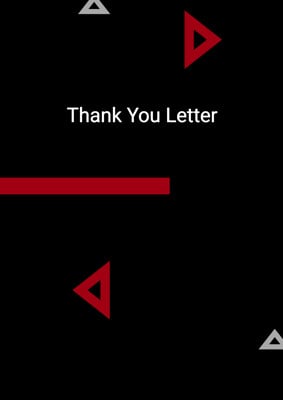How to Tailor the Document for Your Need?
01
Create Document
Fill in the details of the parties. You can click the "Fill with Member’s Information" button to complete it with information saved to your account.
02
Fill Information
Please fill in any additional information by following the step-by-step guide on the left hand side of the preview document and click the "Next" button.
03
Get Document
When you are done, click the "Get Document" button and you can download the document in Word or PDF format.
04
Review Document
Please get all parties to review the document carefully and make any final modifications to ensure that the details are correct before signing the document.
Document Preview
Document Description
The Domain Name Rental Agreement is a legal document that outlines the terms and conditions of leasing a domain name. It is important because it establishes the rights and responsibilities of both the lessor (the owner of the domain name) and the lessee (the party leasing the domain name). The agreement begins with a brief introduction, stating that the lessor owns the domain name and the lessee desires to lease it for a specific purpose.
The document is divided into several sections, each addressing different aspects of the lease. The first section, titled 'Lease,' specifies that the lessor is leasing the domain name to the lessee for a certain term and rent. It also states that the lessee agrees to use the domain name for the designated purpose and acknowledges that it remains the property of the lessor.
The second section, 'Rent,' outlines the details of the rent payment. It states that the lessee must pay the rent on a period basis, without deduction, and in advance. It also mentions that the lessee is responsible for paying any applicable taxes or fees for the domain name.
The third section, 'Deposit,' explains that the lessee must pay a deposit within one business day after signing the agreement. It states that the lessor may retain part or all of the deposit if the lessee breaches any part of the contract.
The fourth section, 'Warranties and Disclaimer,' includes the lessor's warranties regarding the domain name and disclaims any other warranties, except as provided by the lessor. It also includes an indemnification clause, stating that each party will indemnify the other against any claims arising from a breach of the agreement.
The fifth section, 'Lessor's Responsibilities,' outlines the lessor's responsibilities, such as paying the registration fees for the domain name and transferring the nameserver and technical contact information to the lessee.
The sixth section, 'Lessee's Responsibilities,' lists the lessee's responsibilities, including prompt payment of rent and deposit, compliance with rules and regulations, and notification of any claims or legal proceedings related to the domain name.
The seventh section, 'Termination of the Lease,' explains the circumstances under which the lessor can terminate the lease, such as non-payment of rent or breach of the agreement. It also states that the lessor can deduct any outstanding payment from the deposit upon termination.
The eighth section, 'Notices and Service,' provides instructions on how notices should be served between the parties, including delivery by hand, email, or post.
The ninth section, 'Miscellaneous,' includes various provisions, such as the entire agreement clause, severability clause, waiver clause, and the forfeiture of the deposit as liquidated damages.
The tenth section, 'No Rights Under Contracts for Third Parties,' clarifies that third parties have no rights to enforce the terms of the agreement.
The eleventh section, 'Law and Jurisdiction,' states that the document is governed by the laws of the jurisdiction state and that any disputes should be resolved through amicable negotiation or in the courts of the jurisdiction state.
In conclusion, the Domain Name Rental Agreement is a comprehensive document that covers all aspects of leasing a domain name. It protects the rights of both parties and provides a clear framework for the lease agreement.
How to use this document?
To use the Domain Name Rental Agreement, follow these steps:
1. Provide information: Enter the lessor's and lessee's information, including their principal place of business. This ensures that both parties are clearly identified.
2. Specify the purpose and term: Clearly state the purpose for which the lessee wants to lease the domain name and the duration of the lease. This ensures that both parties are aware of the intended use and the length of the lease.
3. Determine the rent: Agree on the rent payable for leasing the domain name and the frequency of payment. This ensures that both parties are aware of the financial obligations.
4. Settle the deposit: Determine the amount of the deposit and the deadline for payment. The deposit serves as security for the lessor in case of any breaches by the lessee.
5. Understand the warranties and disclaimer: Review the lessor's warranties regarding the domain name and the disclaimer of other warranties. This ensures that both parties understand the rights and limitations associated with the lease.
6. Fulfill responsibilities: Both parties should fulfill their respective responsibilities, such as the lessor paying the registration fees and transferring the domain name, and the lessee making prompt payments and using the domain name in compliance with applicable rules.
7. Termination: Understand the circumstances under which the lease can be terminated and the consequences of termination. This ensures that both parties are aware of their rights and obligations in case of termination.
8. Serve notices: Follow the instructions provided in the agreement for serving notices between the parties. This ensures that any communication is properly delivered and acknowledged.
9. Seek legal advice if needed: If there are any uncertainties or disputes, it is advisable to seek legal advice to ensure compliance with the law and protect your rights.
By following these steps, you can effectively use the Domain Name Rental Agreement and establish a clear and mutually beneficial lease agreement.
Not the right document?
Don’t worry, we have thousands of documents for you to choose from:
